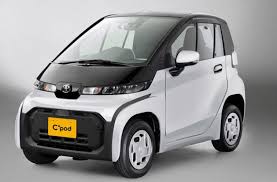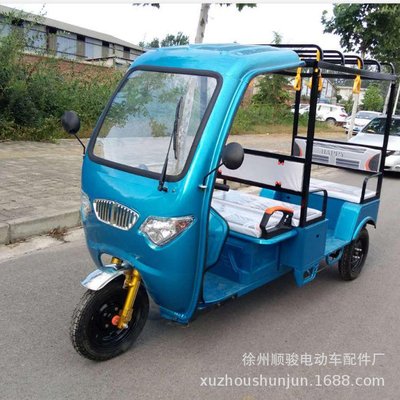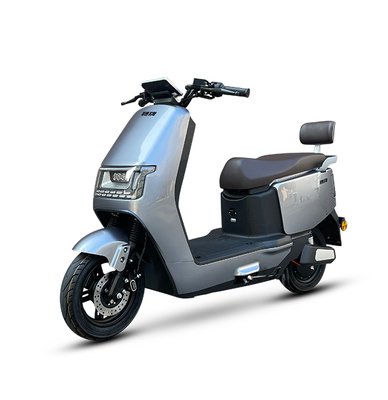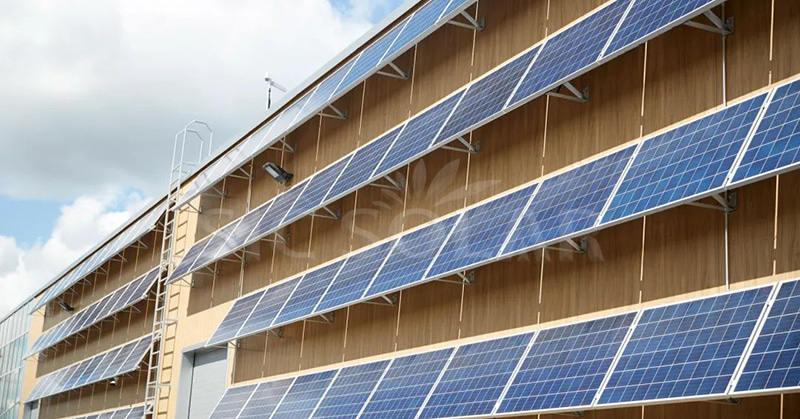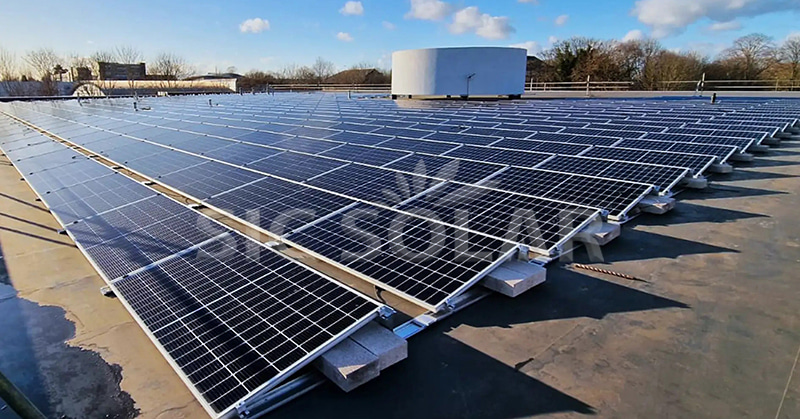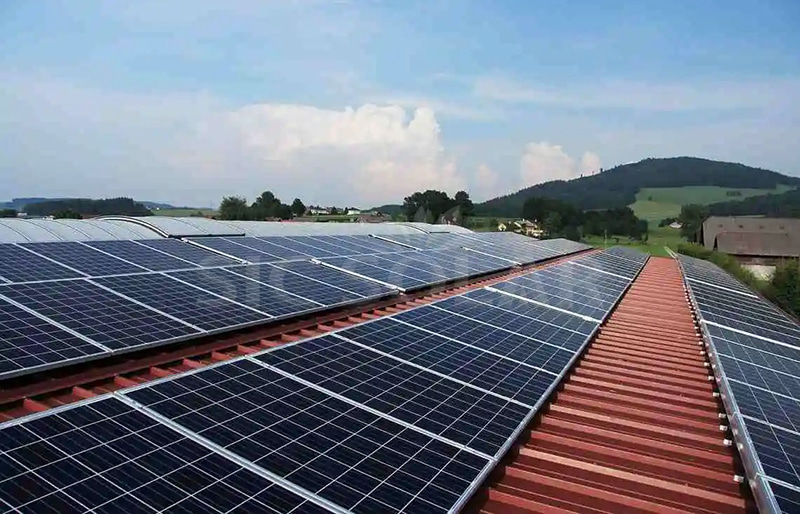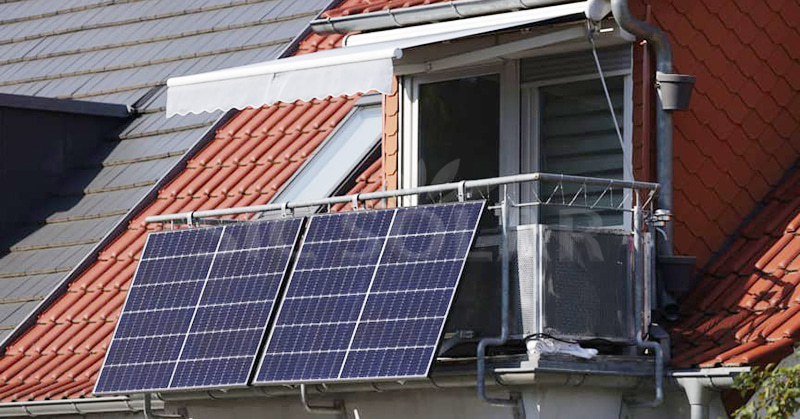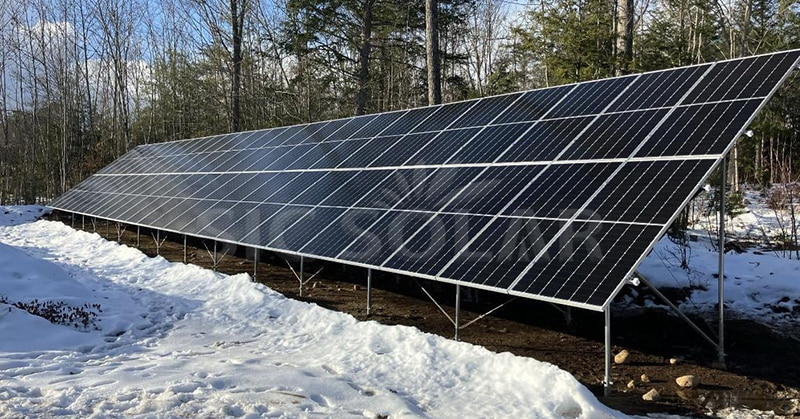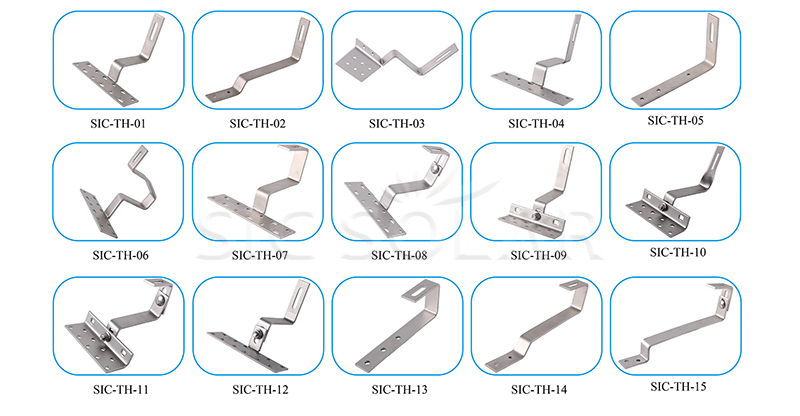Tips to make your low-speed vehicle battery last longer!
Do you own a low-speed vehicle, such as an electric bike or electric scooter? If so, you may find that Low-Speed Vehicle Battery life becomes a worrying issue. Fortunately, we have some simple ways to help you maintain and extend the life of your low-speed vehicle battery. Let's find out together!
Avoid overcharging and discharging: When using a low-speed vehicle, try to avoid overcharging and discharging the battery. Overcharging can cause the battery to overheat and lose capacity, while over-discharging can damage the battery's performance. So, when the battery is close to being exhausted, charge it in time to avoid long-term discharge or over-discharge.
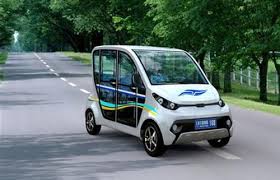
Proper charging method: When charging, it is also important to choose the appropriate charging method. Use the charger provided by the original manufacturer or certified charging equipment, and avoid using an inappropriate charger to avoid damage to the battery.
Avoid high and low temperature environments: Batteries are sensitive to temperature, and too high or too low temperatures will have a negative impact on battery life. When storing batteries, choose a dry, ventilated place with a suitable temperature. In extreme weather conditions, try to avoid exposing the battery to overheating or over-cold environments for a long time.
Regular battery maintenance: Check the appearance and connection lines of the battery regularly to ensure that there is no damage or rust. Keep the battery dry and clean to prevent moisture from entering the battery. If you find any problems with the battery, ask a professional to repair or replace it in time.
Reasonable use of low-speed vehicles: The life of the battery of a low-speed vehicle is closely related to the way it is used. Try to avoid overloading and do not drive continuously at high speed for a long time. Reasonable use of low-speed mode and energy-saving mode can reduce the pressure on the battery and extend the battery life.
Fully charge and discharge: Try to keep the battery in the medium power range. Too frequent partial discharge and charging will cause additional pressure on the battery. So, don't always wait until the battery power is very low before charging, and don't always use the battery immediately after it is fully charged. Moderate charging and discharging is beneficial to extend the battery life.
By paying attention to the above tips, you can extend the life of the battery of a low-speed vehicle. Remember, maintaining the good condition of the battery is essential to ensure the reliability and long-term use of low-speed vehicles. I hope these tips can help you and enjoy longer low-speed travel!
